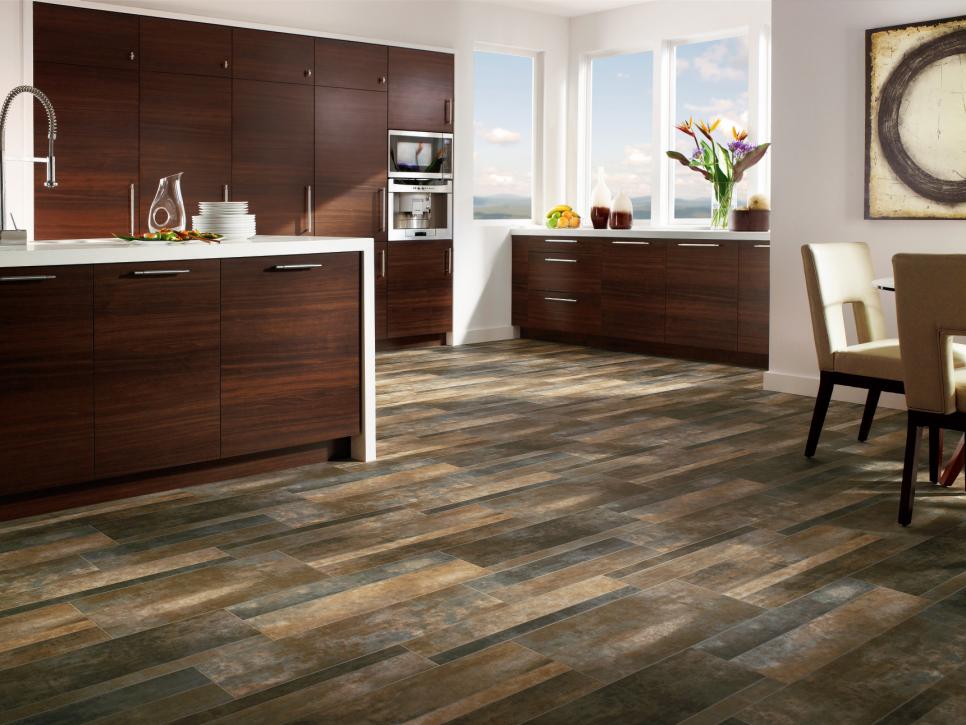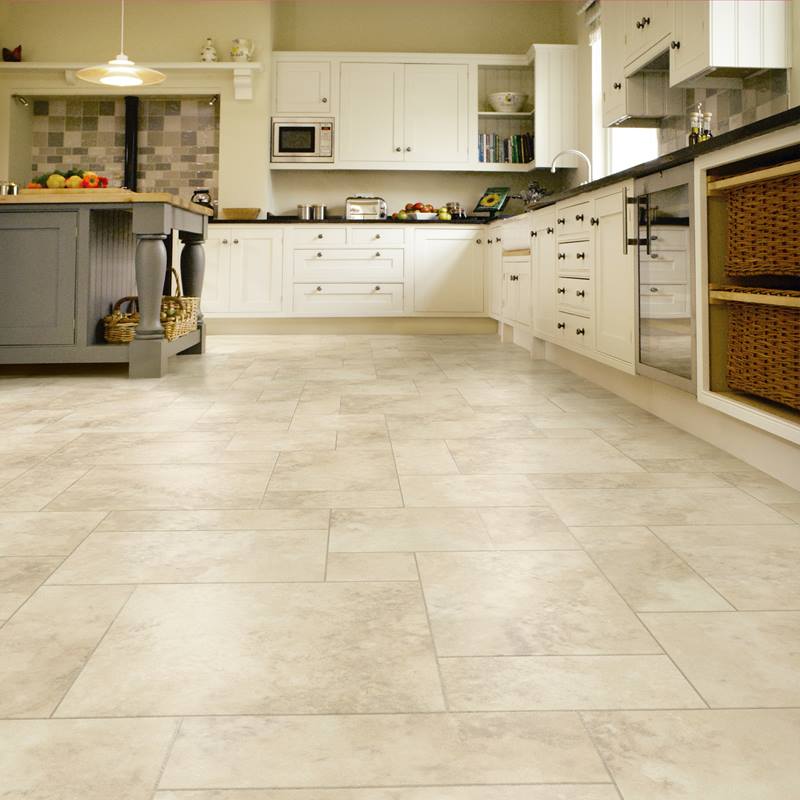Bamboo Floors - Everything You Need To Know
Bamboo Floors - Everything You Need To Know
Blog Article
In this article down the page you'll find a good deal of extremely good resources related to Luxury Vinyl Care & Maintenance.

Bamboo flooring is well-known for many homeowners due to its advantages. It has ended up being the significant choiced flooring for business as well as house owners whenever there is demand for sustainability.
Bamboo just like timber, is vulnerable to dents as well as fracturing when humidity levels vary.
Are you thinking regarding bamboo flooring for your residence? We will likewise discuss the different types of bamboo flooring readily available on the market.
Types of Bamboo Flooring
There are three fundamental choices: strand-woven, upright, and also straight. Homeowners can select which sort of bamboo flooring to purchase based on their attributes. The customer's desired aesthetic influences the selected Bamboo flooring kind.
Solid - Vertical Bamboo Flooring
Slim strips of completely dry bamboo wood glued vertically as well as pressed making use of high warmth and also stress create this sort of bamboo flooring.
The thinnest side of the bamboo slabs will be in an upright type. Then, a company bonding, pressing, as well as lamination will certainly adhere to. As a result of their approach of signing up with, the bamboo strips include a slim grain pattern.
The good idea concerning this type of bamboo flooring is that it is extremely budget friendly and resilient. Also, it provides a elegant as well as classy floor finish. But it is not commonly offered.
Solid - Horizontal Bamboo Flooring
You will certainly observe that this type is nearly the like upright bamboo flooring. It has a slight variation. Straight bamboo is just one of one of the most prominent kinds of bamboo flooring.
It is made by drying out big strips of bamboo, slicing these larger pieces right into thinner strips, and after that gluing them to create planks. The boards will certainly after that be subject to stress and also warm to ensure they are well attached.
All-natural bamboo has a lighter color. Therefore, the strips are frequently tarnished. While carbonized bamboo will be much less tough than regular bamboo, if you need a darker shade, it might do you good. It likewise provides the all-natural bamboo looks and a range of alternatives.
Strand Woven Bamboo Flooring
Shredding the bamboo to draw out the fibers is just one of the extra luring action in producing strand-woven bamboo floorings.
The bamboo fiber is typically mixed with a sticky after it's made to a pulp. The product is then knitted and pressed together under fantastic warm, as the name suggests.
After making upright as well as straight bamboo, the strips offer to produce hair woven bamboo. The eco-conscious buyer may find this attribute appealing. The factor is that it makes certain that the entire bamboo stalk creates very little waste.
Engineered Bamboo Flooring
Both strong and engineered bamboo flooring options are readily available. As soon as the bamboo timber fits, it isn't simple to distinguish between them.
Their differences are due to their making. Engineered bamboo wood has a slim plywood support.
Whether crafted or solid, bamboo flooring is strong, resistant, and also attractive.
Engineered bamboo flooring uses the floating timber flooring over a slim foam base. They might additionally remain in the form of wide planks. For example, they are available in widths up to 19 cm.
Features And What to Keep in Mind When Picking Bamboo Flooring
With a multi-layered layer, bamboo flooring will certainly be quite long lasting. Keep in mind that future touch-ups could need an extra experienced flooring specialist.
Likewise, using your finish will make matching repair work simpler as soon as established in your home. The surface will not last as long as factory coatings.
Aside from that, right here are some interesting features of bamboo flooring.
Durable
Bamboo flooring is not developed equivalent. There are many kinds of bamboo, and the different approaches utilized to turn it into slabs impact its toughness.
Because of this, bamboo, like hardwood flooring, can come to be susceptible to tear as well as wear with time. Damaging, breaking, and various other wear and tear may occur. You can likewise sand some bamboo to look like wood, but not all.
Economical Maintenance
You can keep bamboo flooring in good condition by cleansing and damp mopping. Despite being more vulnerable to scratches, bamboo flooring is very basic to preserve.
You may get bamboo floorings that are as good as brand-new by sanding them down and using a fresh layer of paint.
Eco-Conscious
This flooring comes from an all-natural plant called the bamboo plant. When contrasted to various other tree species utilized to make wood flooring, bamboo grows more and also much faster.
Bottom Line
It's basic to understand why bamboo flooring has ended up being a lot more popular nowadays. For virtually any type of house, bamboo provides numerous strong and also audio solutions for the environment. Bamboo flooring may be the ideal choice for updating your flooring.
We will certainly additionally discuss the different types of bamboo flooring available on the market. House owners can choose which kind of bamboo flooring to acquire based on their attributes. Straight bamboo is one of the most popular kinds of bamboo flooring.
While carbonized bamboo will certainly be less hard than routine bamboo, if you require a darker shade, it may do you good. After making vertical and horizontal bamboo, the strips serve to produce strand woven bamboo.
Bamboo Flooring
Manufacture of Bamboo Flooring
Stranded bamboo is made by shredding the bamboo stalks into small strands, which are compressed into sheets using heat and resin binders, then cut into planks to use as building materials. This form of flooring is available both as tongue-and-groove planks that are nailed down, as well as planks that float over the underlayment. This is a premium form of bamboo flooring, available in many colors.
Horizontal bamboo flooring is manufactured by cutting the strands into thin strips which are then glued together to form planks. This type of flooring has a "grain," since the long stalk fibers are visible in the flooring. This type of bamboo is not as hard or durable as stranded bamboo, but it can have a very striking appearance. It, too, is available both in nail-down planks and as floating floor planks.
Engineered bamboo flooring is made by bonding a thin layer of bamboo onto a plywood or MDF core. This flooring is comparable to engineered hardwood and is installed in the same way—usually with click-lock planks that float over a foam underlayment. It is the least expensive (and least durable) form of bamboo flooring, and it cannot be refinished.
Unless it is stained, most bamboo flooring has a natural blonde or amber color that resembles unfinished maple or birch, but darker tones are available through a process called carbonizing, which entails subjecting the planks to high temperatures. While the color can be very attractive, carbonized bamboo is softer than uncarbonized forms, and is more susceptible to scratching.
Eco-Friendliness
Environmentally conscious consumers are often drawn to bamboo as a wholly renewable resource. Unlike the hardwood lumber industry, where trees can take decades to mature, bamboo stalks grow so fast that there is little environmental liability to the harvest practices. Moreover, bamboo stalks that are cut simply continue to grow and replenish themselves so that they can be harvested.
But the manufacturing process creates other environmental concerns. Bamboo floor planks are manufactured by slicing or shredding the stalks of bamboo grass plants and then compressing the pulp back together using heat, pressure, and a resin-based adhesive identical to those used in many other flooring products. This adhesive often contains urea-formaldehyde that can outgas into the air.1
The level of adhesive used and the amount of toxins emitted will vary, depending on how the bamboo planks are manufactured. Cheaper products may contain more formaldehyde, while more expensive products may use alternative materials in the resins. The amount of formaldehyde used in bamboo flooring is similar to that found in engineered hardwood flooring or MDF sheathing, and it tends to be a problem only for sensitive individuals.2 But if this concerns you, look for bamboo products labeled as formaldehyde-free.
Bamboo Flooring Cost
This material is priced at about the same level as most hardwood floors. You can find bamboo flooring products ranging from about $2 to $8 per square foot, with a national average of $3.84 per square foot. Installation costs for bamboo flooring are much the same as for hardwood flooring. On average, figure on adding about $4 per square foot for installation labor in addition to the cost of materials. You should be able to get a good-quality bamboo installed for less than $10 per square foot, including materials and labor.
https://www.thespruce.com/benefits-and-drawbacks-of-bamboo-floors-1314694

I came across that review on How do you maintain vinyl flooring? when surfing the search engines. Do you know anybody else who is fascinated with the topic? Feel free to promote it. We recognize the value of reading our article about How to Care for Vinyl Flooring?.
Report this page